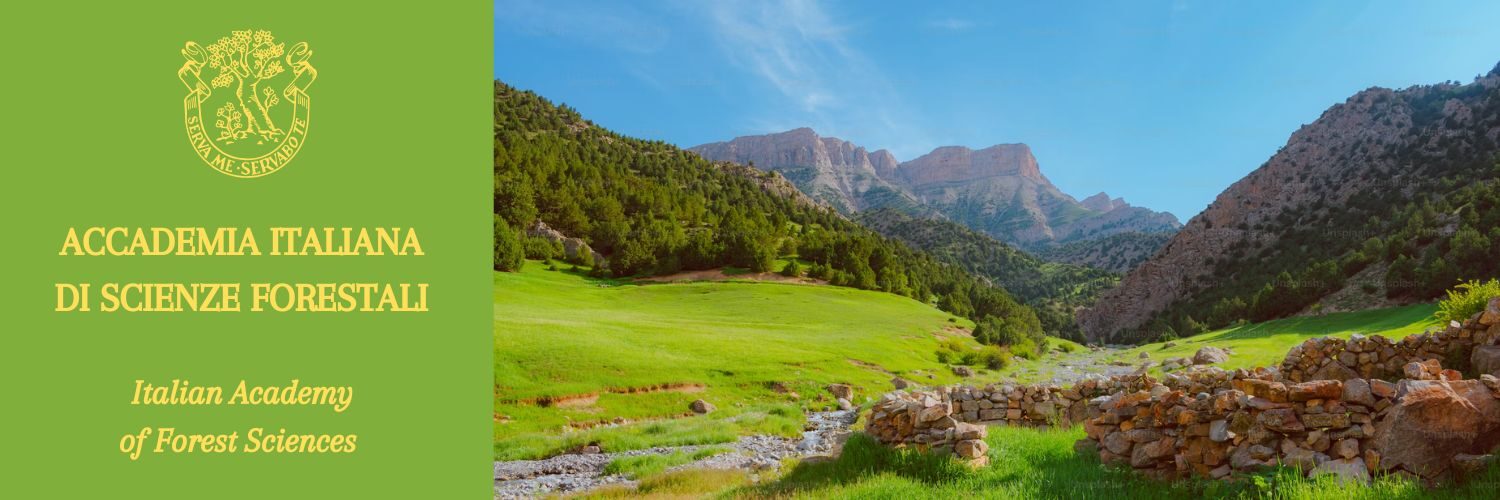doi 10.4129/2cis-vg-imp
Citazione/Citation
Gonnelli V., Grifoni F., Quilghini G., Bottacci A., Zoccola A., 2015 – Impatto di erbivori selvatici sulla vegetazione erbacea ed arbustiva nelle abetine delle Riserve Naturali Casentinesi: asportazione di biomassa, alterazione della dinamica della vegetazione, semplificazione della flora e impatto sulla rinnovazione forestale. In: Atti del II Congresso Internazionale di Selvicoltura. Progettare il futuro per il settore forestale, Firenze, 26-29 novembre 2014. Firenze: Accademia Italiana di Scienze Forestali. Vol. 1, p. 299-307. ISBN 978-88-87553-21-5. http://dx.doi.org/10.4129/2cis-vg-imp
Titolo: Impatto di erbivori selvatici sulla vegetazione erbacea ed arbustiva nelle abetine delle Riserve Naturali Casentinesi: asportazione di biomassa, alterazione della dinamica della vegetazione, semplificazione della flora e impatto sulla rinnovazione forestale
Title: Impact of wild herbivores grazing on herbaceous vegetation and shrubs at the silvers fir forest of the Riserve Naturali Casentinesi: removal of biomass, alteration of vegetation dynamics, simplification of flora and impact on forest regeneration
Riassunto: Si espongono i risultati di un decennio di rilievi sull’impatto di erbivori selvatici nelle Foreste Casentinesi. In accordo con l’UTB (C.F.S.) di Pratovecchio (AR), sono stati condotti rilievi in buche createsi per il crollo della componente forestale in abetine artificiali. I rilievi sono relativi a sei località, diverse per altitudine ed esposizione. In ogni località sono state individuate un’area recintata, perciò protetta da erbivori selvatici, e una contigua aperta, pascolabile, nelle quali rilevare le specie vegetali e l’entità del consumo di ciascuna specie e della biomassa. La produzione vegetale epigea delle due aree è stata tagliata e distinta nelle tre frazioni erba, rovo, lampone, poi pesate prima e dopo l’essiccazione. Nelle aree aperte e chiuse sono state eseguite anche misurazioni sulla rinnovazione forestale presente; di ogni pianta sono state misurate l’altezza e i due diametri ortogonali della chioma. Dai rilievi effettuati emergono i seguenti risultati: è elevata la biomassa vegetale asportata dalla fauna (rovo in particolare), sottratta quindi localmente ai processi pedogenetici; nelle aree recintate la dinamica evolutiva della vegetazione prosegue, mentre è alterata nelle aree aperte con innesco di una verosimile semplificazione della flora locale; la rinnovazione prevalente è di Abete bianco e Acero montano; nelle aree chiuse il numero di individui di specie forestali affermate e le dimensioni sono maggiori rispetto a quelle presenti nelle aree aperte dove, invece, la rinnovazione forestale risulta non affermata, di piccole dimensioni e in stato vegetativo precario. I risultati evidenziano la necessità di gestione del carico degli erbivori selvatici.
Summary: Findings of ten years of measurements about the impact of wild herbivores in the Foreste Casentinesi are presented here. The research has been carried out with the “UTB (CFS)” of Pratovecchio (Arezzo). The work dealt with flora consistency and consumption of plants and with forest regeneration living in the openings which follow the collapse of trees in the fir plantation forests. Measurements were taken at six locations, at different elevations and aspects. Open and fenced plots for the protection of vegetation by wild herbivores were established in each location, to estimate the specific composition of flora, the vegetable production and the consumption from animal grazing. The vegetable production cut and divided into grass, blackberry, raspberry, was determined and weighed before and after drying. Measurements of stem height and crown diameter were made on forest regeneration in open and fenced areas. Findings are: the amount of biomass removed by grazing, especially blackberry, subtracted in this way to pedogenesis, is high; this phenomenon contributes to change the vegetation dynamics that continue inside the fenced plots. It results in a simplification of local flora too; regeneration is mainly made by silver fir and sycamore and it becomes established into the closed areas where is more abundant than into the open (grazed) areas. The relative size is higher in the former condition; into the open areas seedlings size is smaller and the vegetation status much worse, forest regeneration appears to be not established. Findings suggest the careful management of wild herbivores load.
Parole chiave: pascolo, rinnovazione forestale, foreste di abete bianco, ecosistemi forestali.
Keywords: grazing, forest regeneration, silver fir forest, forest ecosystems.
